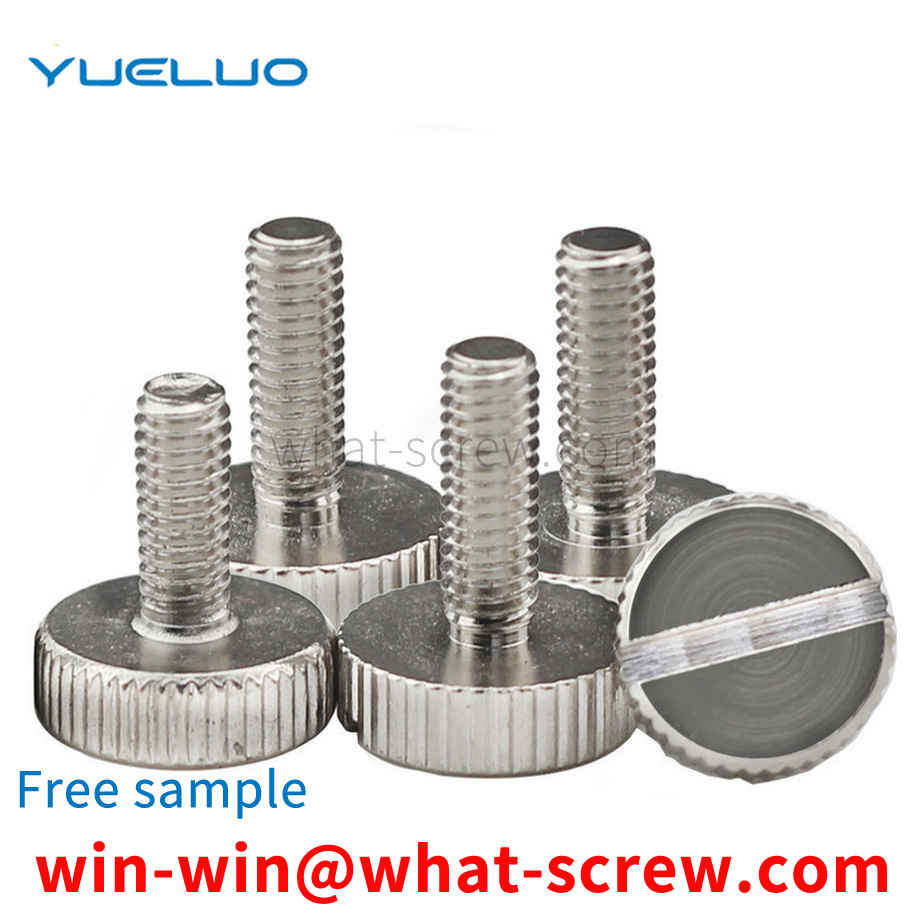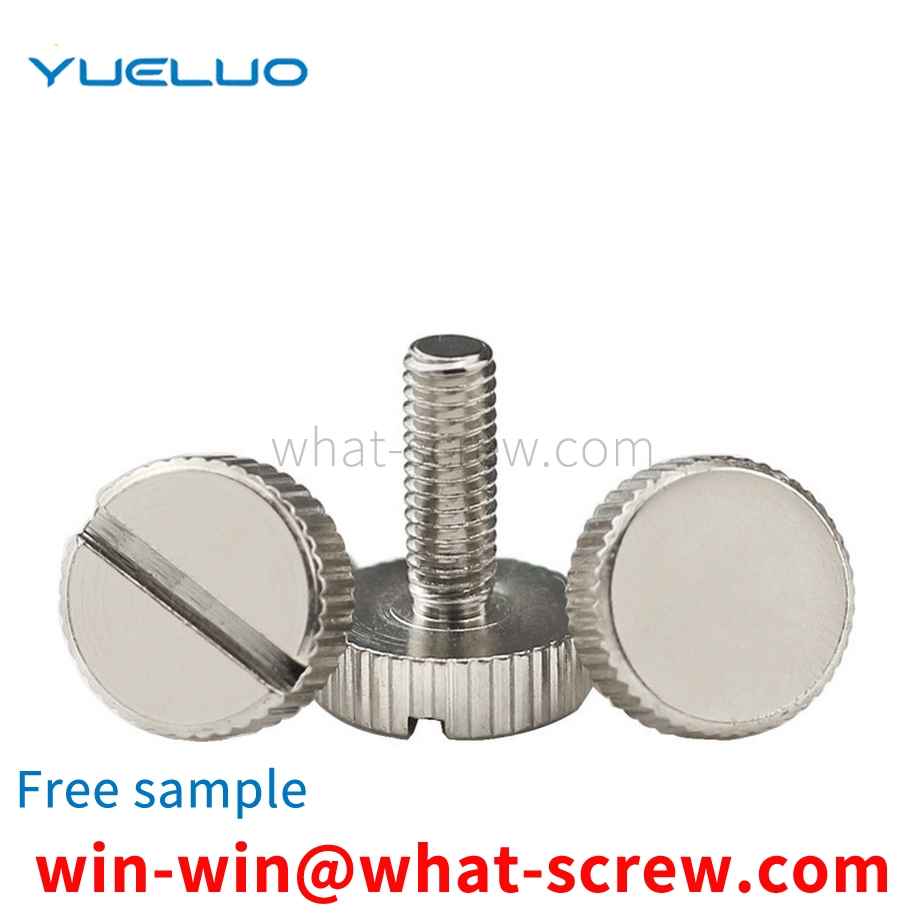When the countersunk head screws and hexagon socket head bolts are produced by the cold heading process, the original structure of the steel will directly affect the forming ability of the cold heading process. In the process of cold heading, the plastic deformation of the local area can reach 60%-80%, so the steel must have good plasticity. When the chemical composition of the steel is constant, the metallographic structure is the key factor to determine the plasticity. It is generally believed that the coarse flaky pearlite is not conducive to cold heading forming, while the fine spherical pearlite can significantly improve the plastic deformation ability of the steel. For medium carbon steel and medium carbon alloy steel with a large amount of high-strength bolts, spheroidizing (softening) annealing is performed before cold heading, so as to obtain uniform and fine spheroidized pearlite to better meet the actual production needs. For the softening annealing of medium carbon steel wire rods, the heating temperature should be kept above and below the critical point of the steel, and the heating temperature should not be too high, otherwise tertiary cementite will precipitate along the grain boundary, resulting in cold heading cracking. The wire rod of medium carbon alloy steel is annealed by isothermal spheroidization. After heating at AC1+ (20-30%), the furnace is cooled to slightly lower than Ar1, the temperature is about 700 degrees Celsius for an isothermal period, and then the furnace is cooled to about 500 degrees Celsius and air-cooled. The metallographic structure of the steel changes from coarse to fine, from flake to spherical, and the cracking rate of cold heading will be greatly reduced. The general area of softening annealing temperature for 35\45\ML35\SWRCH35K steel is 715-735 degrees Celsius; while the general heating temperature for spheroidizing annealing of SCM435\40Cr\SCR435 steel is 740-770 degrees Celsius, and the isothermal temperature is 680-700 degrees Celsius.
At present, most of the thread locking structures use an integral nut and a matching external thread screw structure. To remove the nut from the screw rod, it must be completely unscrewed along the screw rod, which is time-consuming and labor-intensive. It is more inconvenient to install.
A pull rivet, this kind of pull rivet has good installation performance, firm connection and long service life, but the defects are: first, after installation and use, if it is damaged, it cannot be reused; second, it is convenient to disassemble, and it also increases the possibility of theft ,. It is not conducive to safety; 3. There is still the possibility of movement in the circumferential direction of the collar, which will affect the riveting effect.
Shaft retaining ring (hereinafter referred to as retaining ring) is a very common part and is widely used in shaft parts. The existing solution for pressing the retaining ring is: place the retaining ring sleeve in the chamfering section or the guiding section of the shaft head, and then use an indenter whose inner hole diameter is larger than the diameter of the shaft head to press the retaining ring into the groove, and then press the retaining ring into the groove through the shaft head. The retaining ring is combined with the slot to prevent the indenter from continuing to move downward.
Convex washers are mainly punched out of iron plates. The shape is generally a flat washer with a hole in the middle. HamiltonHamiltonFlat washers are usually thin pieces of various shapes to reduce friction, prevent leakage, isolate, prevent loosening or Dispersing pressure, the rationality of its design structure and the safety during use are very important.
We have many years of experience in the production and sales of screws, nuts, flat washers, etc. The main products are: HamiltonHamiltonHamiltonHamiltonHamiltonHamiltonthumb screws, set electronic screws, all kinds of non-standard screws, rivets and other products, we can provide you with suitable fasteners for you solution.



















 Service Hotline
Service Hotline




